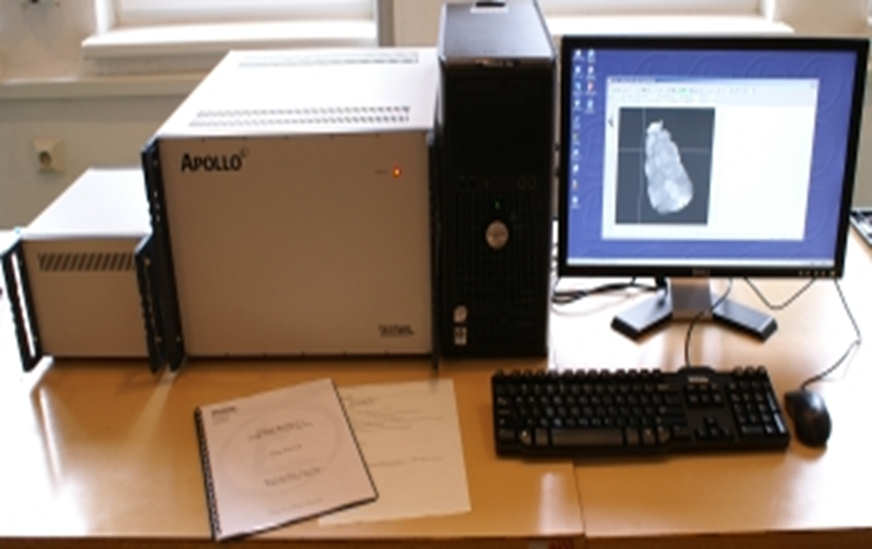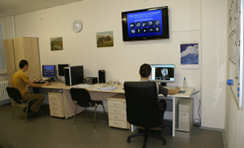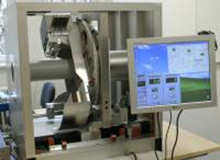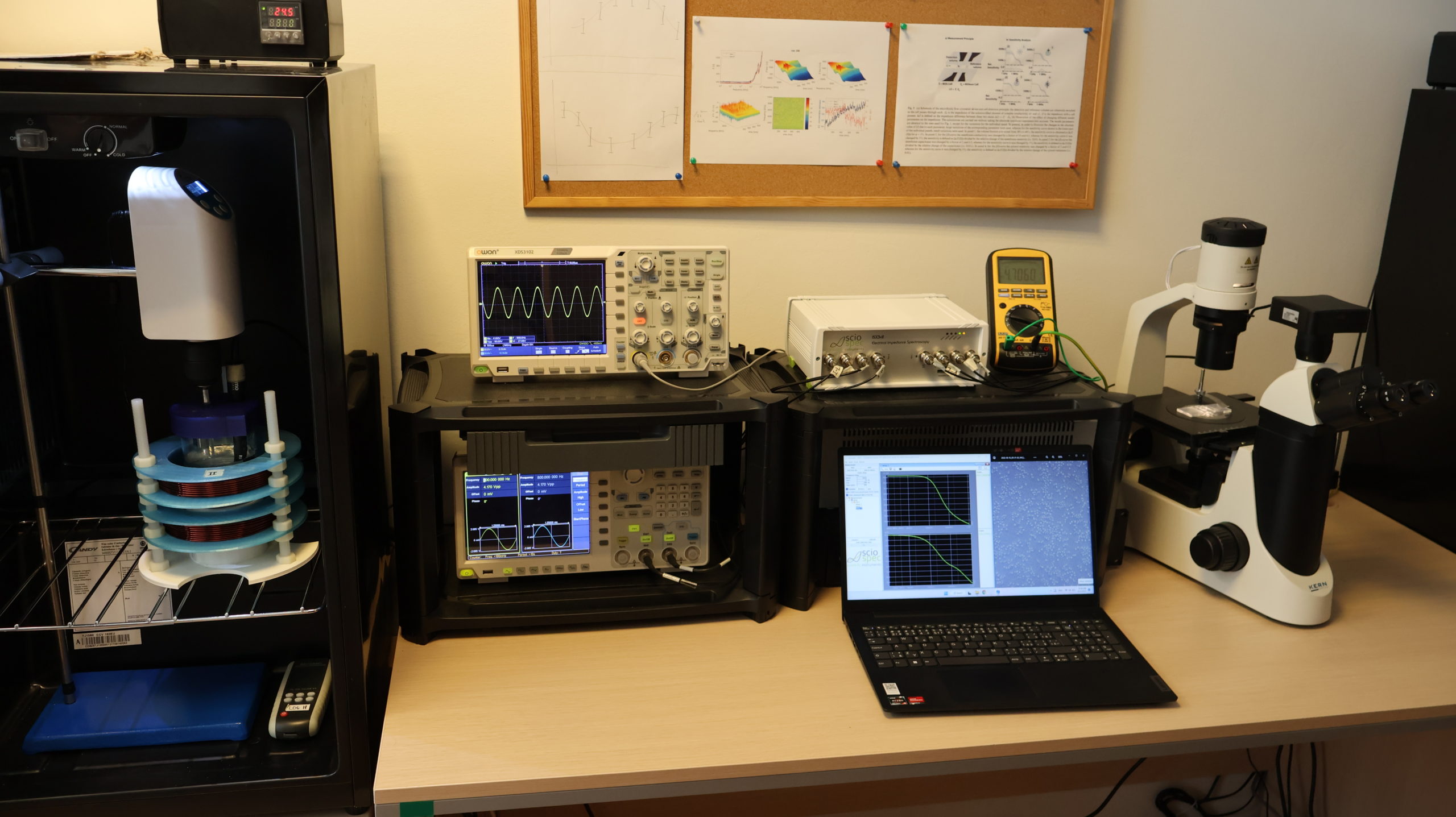To ensure its research activities and solve research projects, the institute has several laboratories with special technologies and due to the participation of the institute in consortia of SAS institutes within the solved projects of structural funds, there are also other joint laboratories in the institute. The most important of these are:
MR tomography laboratory of the National NMR Center
There are three sets of MR and CT tomographs in the laboratory that is part of the Imaging Methods Department:
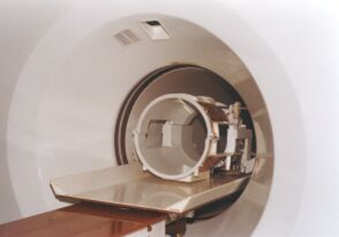 |
Experimental whole-body tomograph TMR-96 on the principle of magnetic resonance with a resistive magnet 0.1 T and a TECMAG console, which is used for research in the field of materials research and biomedical applications.
|
|
NMR imaging device ESAOTE-Opera with 0.178 Tesla permanent magnet, designed for biomedical, materials and nanotechnology research.
|
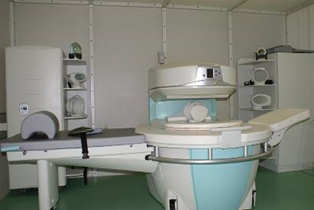 |
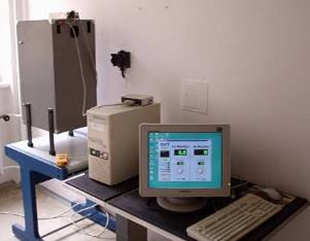 |
The kit of the digital radiological system with energy separation of detected photons, with an X-ray source with a small focus of ~ 10µm, for scanning and tomography is the result of the institute’s participation in the APVV agency project.
|
Laboratory of X-ray microtomography
Joint laboratory of the Institute of Measurement Science of the Slovak Academy of Sciences and the Institute of Materials and Machine Mechanics of the Slovak Academy of Sciences. Its equipment was obtained within the CEKOMAT project from European Union resources.
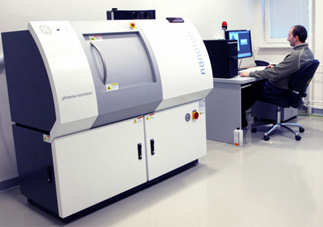 |
Nanotom 180 X-ray computer microtomograph with submicron resolution (200-300 nm) and a detector resolution of 2300×2300 points. It includes a powerful computer cluster (8 PCs) for the reconstruction of 3D images from projections and software modules for measuring porosity and defects, and for coordinate Metrology. The device enables 3D analysis of the structure of materials (composites), non-destructive testing and measurement of the dimensions of internal 3D structures of small objects with a resolution of up to 0.5 µm / voxel (sensors, microelectromechanical systems, electronic components, biological objects, archaeological artifacts). |
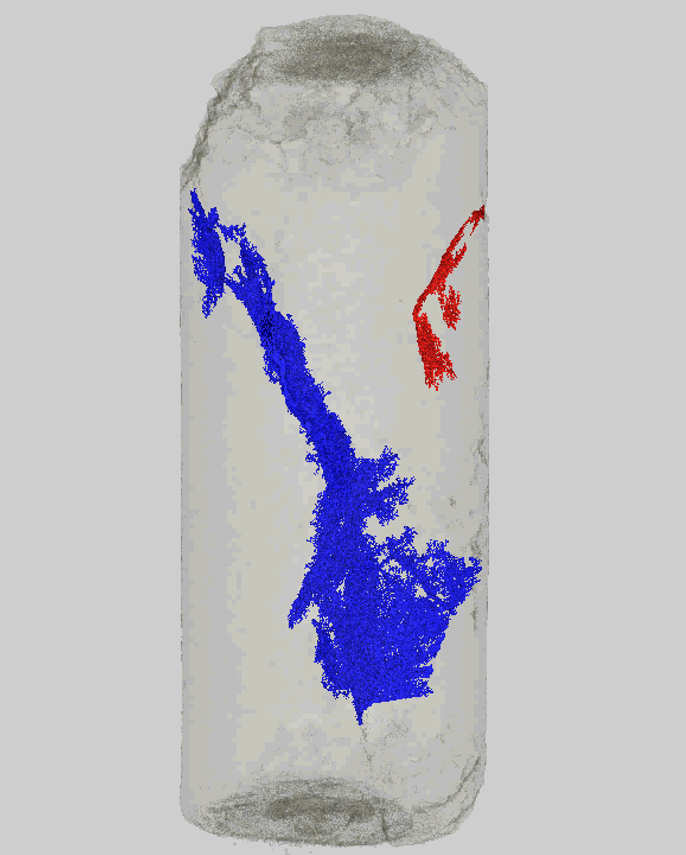 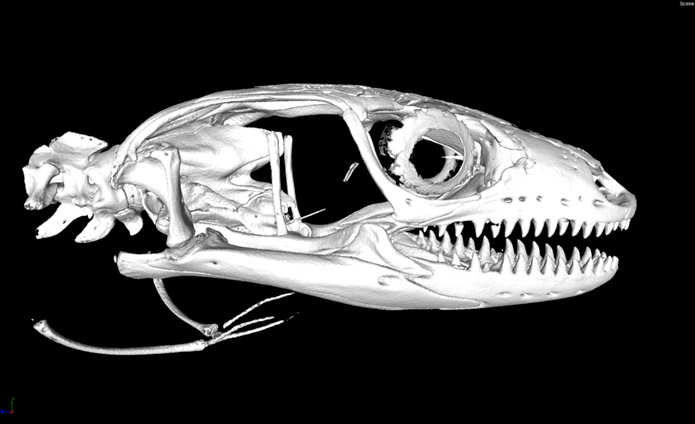 |
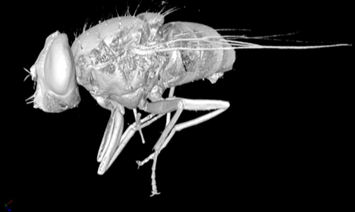 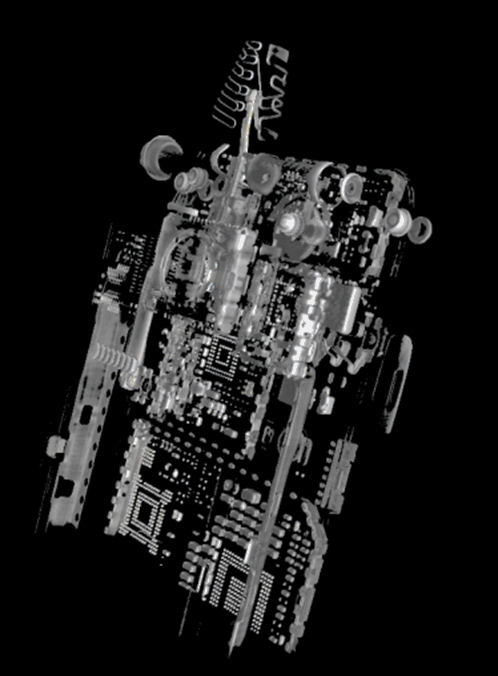 |
Laboratory of Optical and FTIR Spectroscopy
The laboratory is part of the Department of Optoelectronic Measurement Methods and its equipment was obtained from the EU structural funds within the CEKOMAT 2 project.
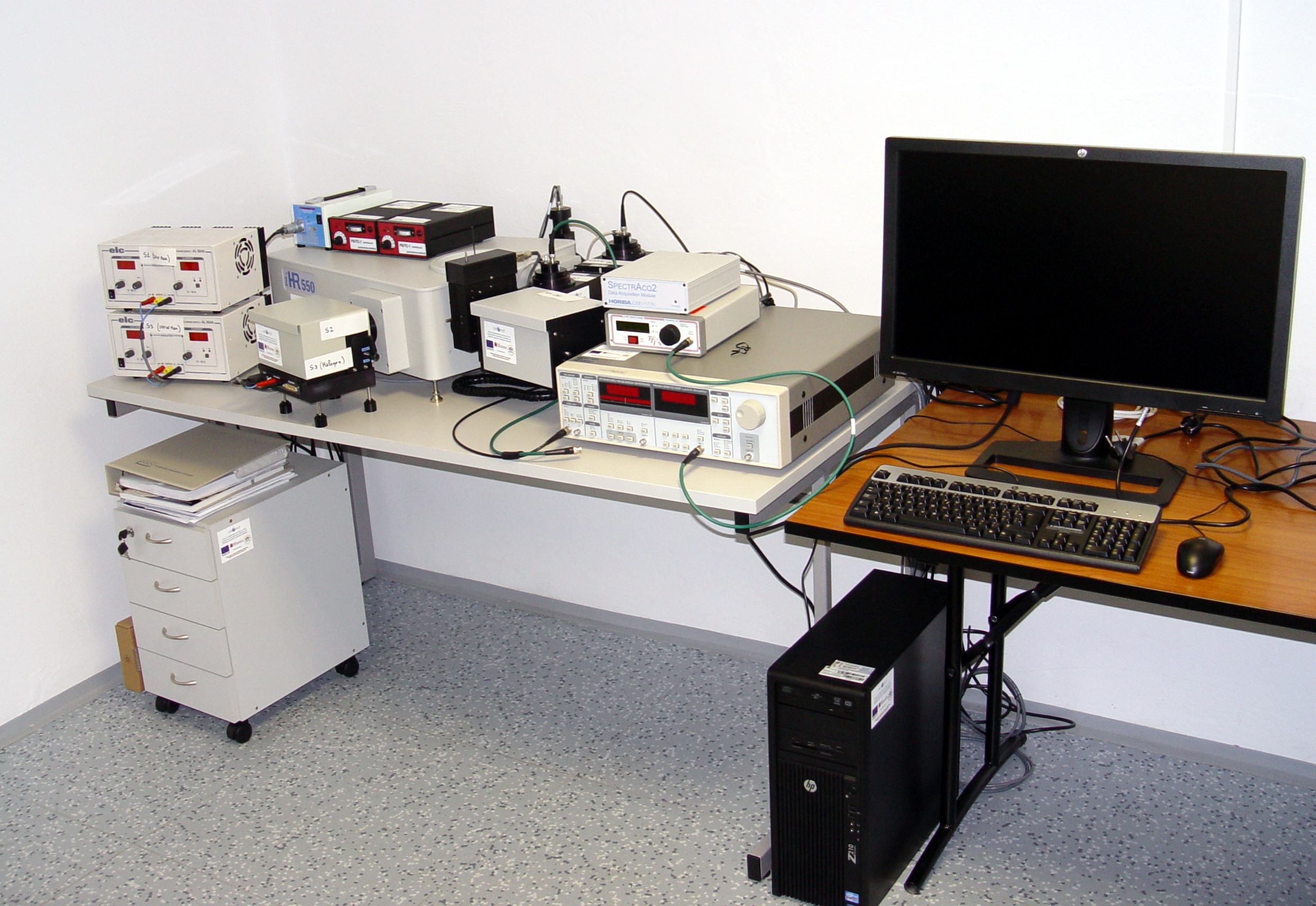 |
The laboratory is equipped with a optical UV-VIS-NIR spectrometer Horiba-Jobin-Yvon iHR 550 , which is sensitive in the ultraviolet, visible and near-infrared part of the electromagnetic spectrum. |
|
Furthermore, the laboratory is equipped with an Fourier transform infrared spectrometer – Agilent Technologies Cary 680 , whose sensitivity band in the infrared region extends up to 25 μm. The laboratory is used for optical characterization of materials, measurement of their optical spectral characteristics of reflectance, transmittance and absorbance. |
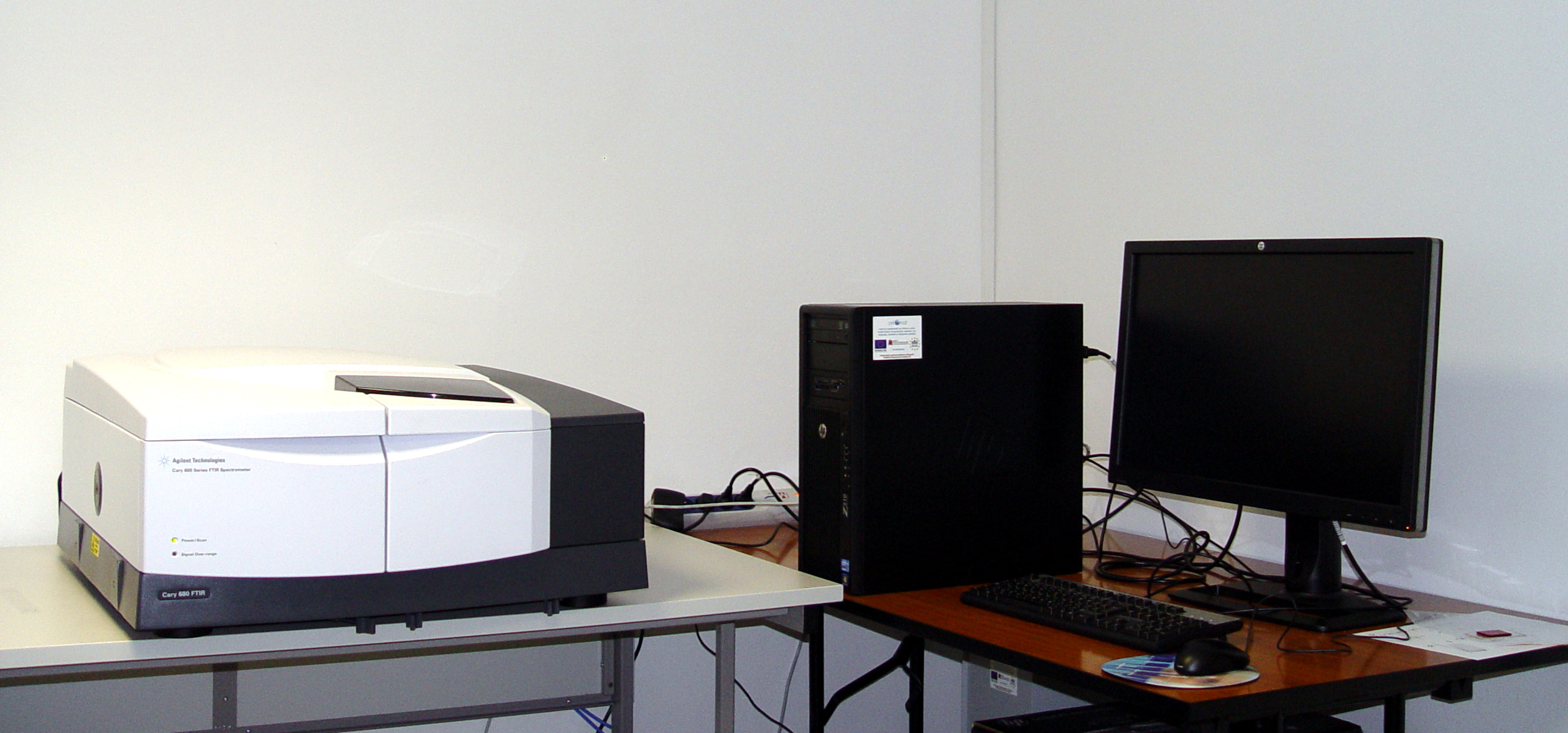 |
Laboratory of Optical Measurement Methods
The laboratory is also part of the Department of Optoelectronic Measurement Methods and its equipment is used primarily in the field of research of cultural heritage sites, including the European project COST.
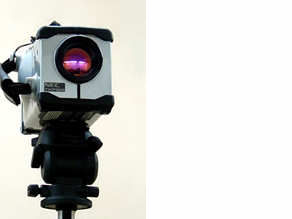 |
For the field of optical measurements, a NEC San-ei Thermo Tracer TH7102WX thermographic camera is available with an uncooled microbolometric matrix detector, a spatial resolution of 320×240 pixels and a temperature range of -40 – 500 ° C, with noise equivalent temperature resolution of 0.08°C at 30°C, sensitivity range 8 – 14 µm, and meter error ± 2% of range. |
Laboratory for the preparation of materials and measurement of their properties
The laboratory is used for the study and synthesis of bulk high-temperature superconductors such as REBCO and TlPbSrBaCaCu, synthesis of sputtering targets for thin superconducting films and structures based on REBCO, study of nano-precursors Fe3O4 and TiO2 for applications in materials research and medicine. It is also equipped to measure the magnetic properties of materials.
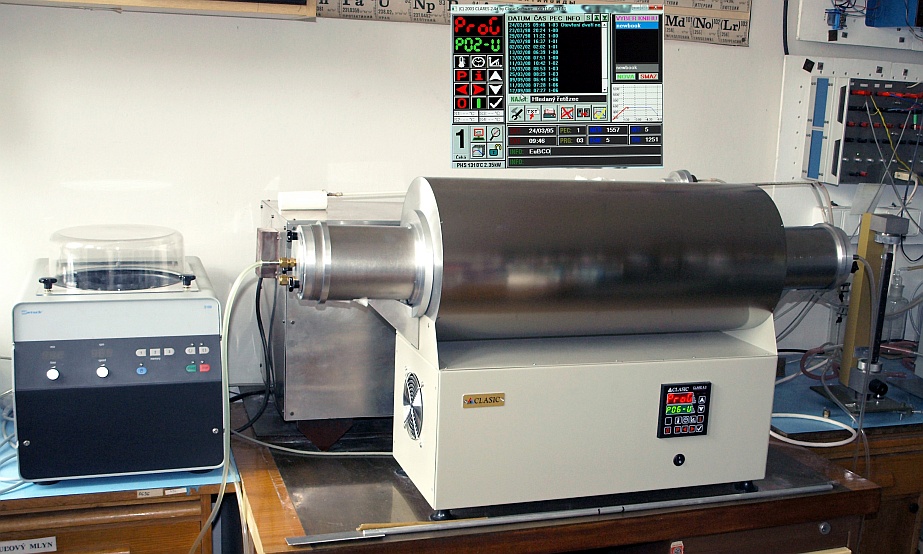 |
The laboratory is equipped with several horizontal and one vertical furnace and other high-energy grinding equipment. |
|
The laboratory has a Quantum Design MPMS XL 7 AC system for measuring the magnetic properties of materials. The device enables measurement of magnetic moments of samples in the range of unidirectional fields ±7 T, in alternating magnetic field (10-2 Hz to 1500 Hz) and in the temperature range 2 K – 400 K. The stability of the magnetic field is 1 ppm / hour. The sensitivity of the device is 10-11 Am2 for (0 T – 0.25 T). The device was obtained from the EU structural funds. |
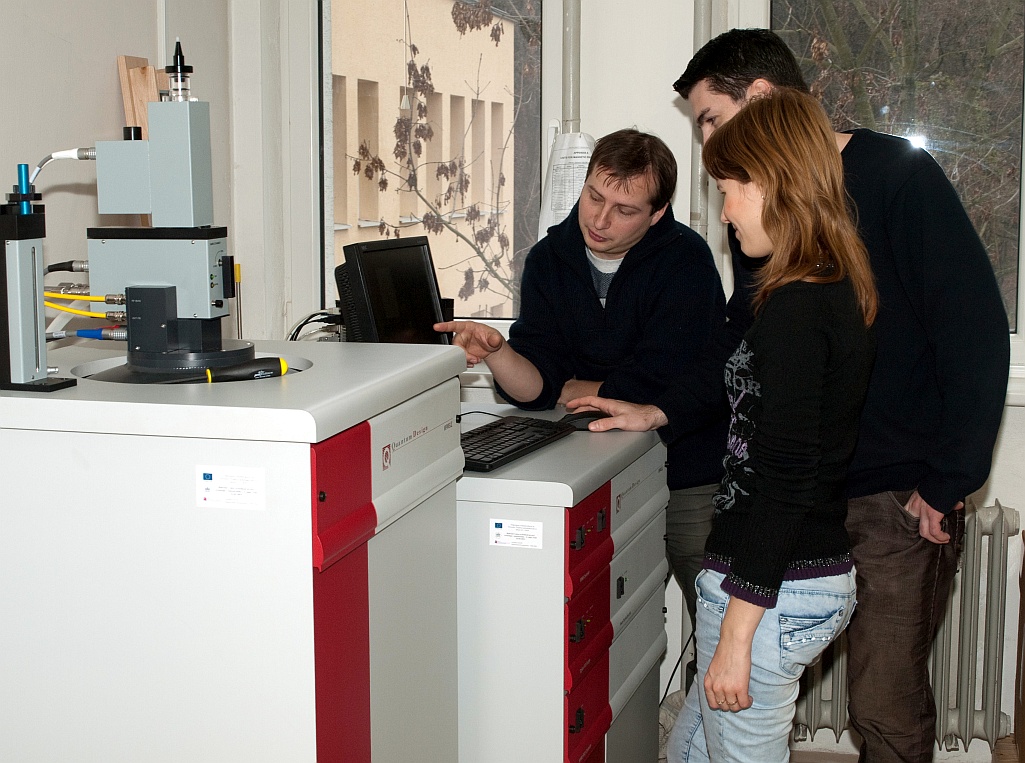 |
Laboratory for measuring weak magnetic fields
An important area of research at the institute is the measurement of magnetic fields. A special RF electromagnetically shielded laboratory for measuring weak magnetic fields in the forest near the institute building is also intended for this purpose, which is used mainly for measurements using SQUID superconducting quantum magnetometers.
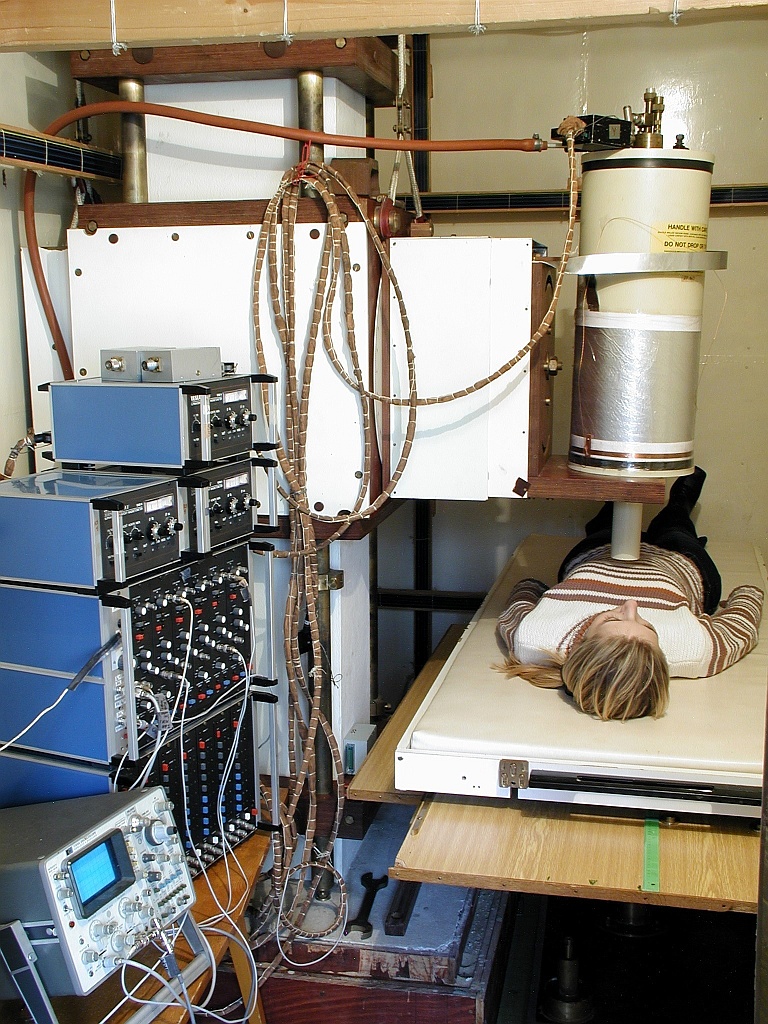 |
SQUID superconducting quantum magnetometer. |
Laboratory of Biomeasurements
The laboratory is part of the Department of Biomeasurements and the Department of Theoretical Methods. Its equipment is used in several projects focused mainly on the research of heart and brain activity. Most laboratory equipment is the result of in-house research and development.
|
ProCardio 8 is a 128-channel PC-based mobile ECG mapping system. The measuring unit allows the connection of passive and active ECG electrodes. The system represents a new generation of devices for the diagnostics of heart diseases. It differs from its predecessors in particular in the larger possible number of measuring channels, complete battery supply, optical separation of the measuring unit, the use of active electrodes and 22-bit converters for each measured channel. The sophisticated software enables long-term ECG recording, its processing and calculation of surface potential maps, which are the input for diagnostic methods based on inverse solutions (ECG imaging). |
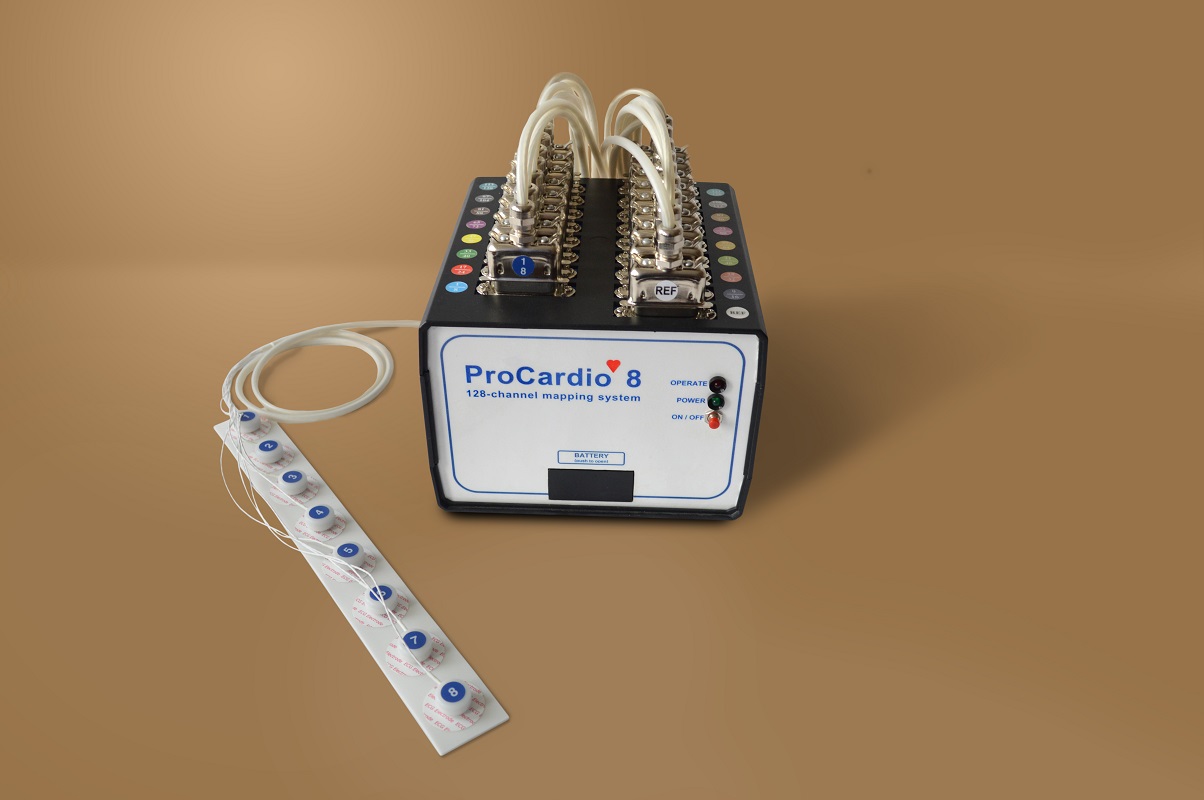 |
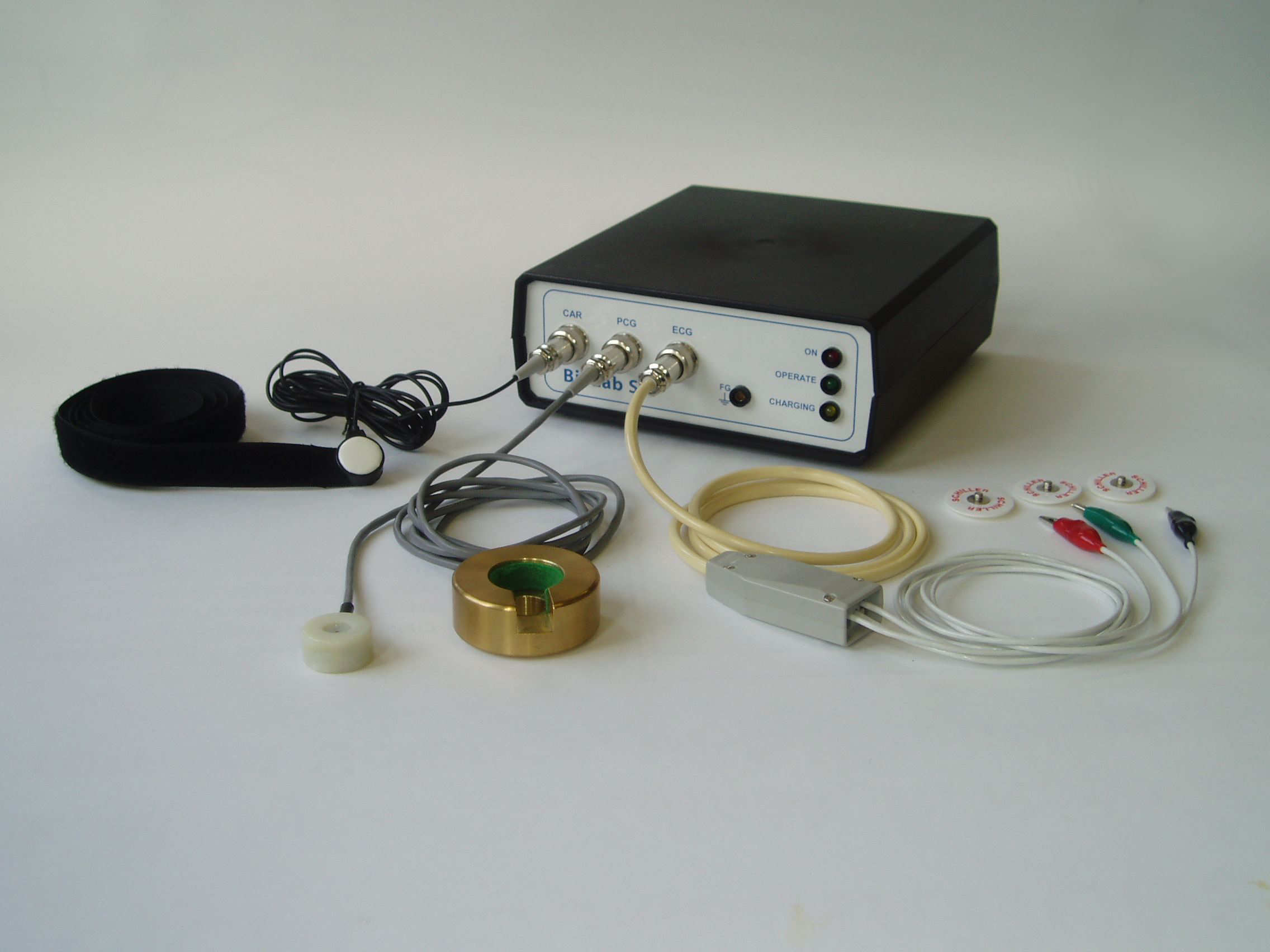 |
BioLab STI – PC-based device designed to measure systolic time intervals, which are obtained from the recording of electrocardiogram, phonocardiogram and carotidogram. It is one of the modules of the distributed measuring system BioLab. |
|
BioLab ATR – is a PC-based device for measuring the reflex of the Achilles tendon. It is another module of the Biolab system designed for laboratory biophysical examinations of the patient. The ATR module (Achilles Tendom Reflex) is a non-contact sensor of foot movement during mechanical stimulation of the Achilles tendon with a neurological hammer. The time intervals in the sensed reflection characterize the state of the neuromuscular system, which is affected by the activity of the thyroid gland. |
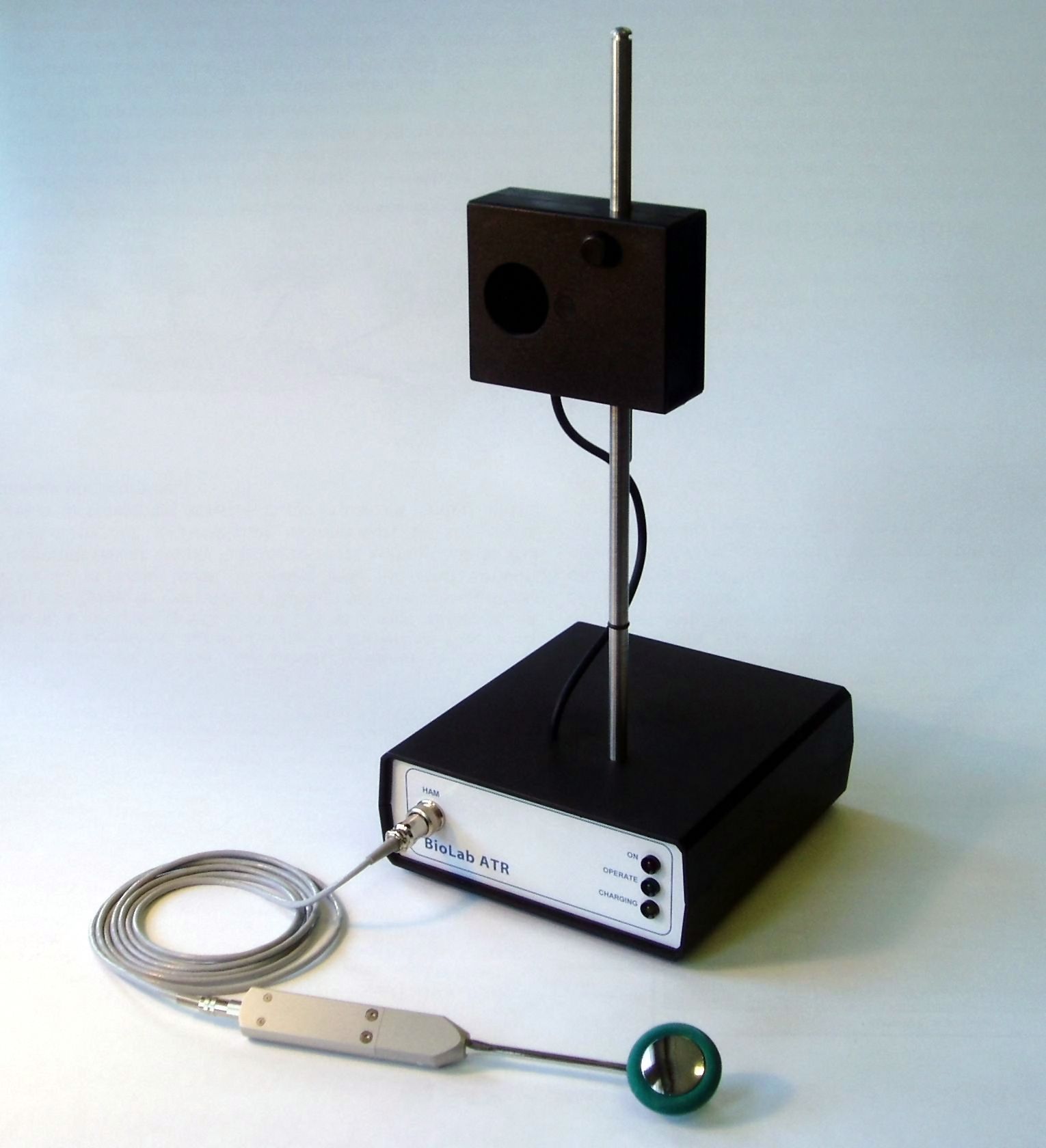 |
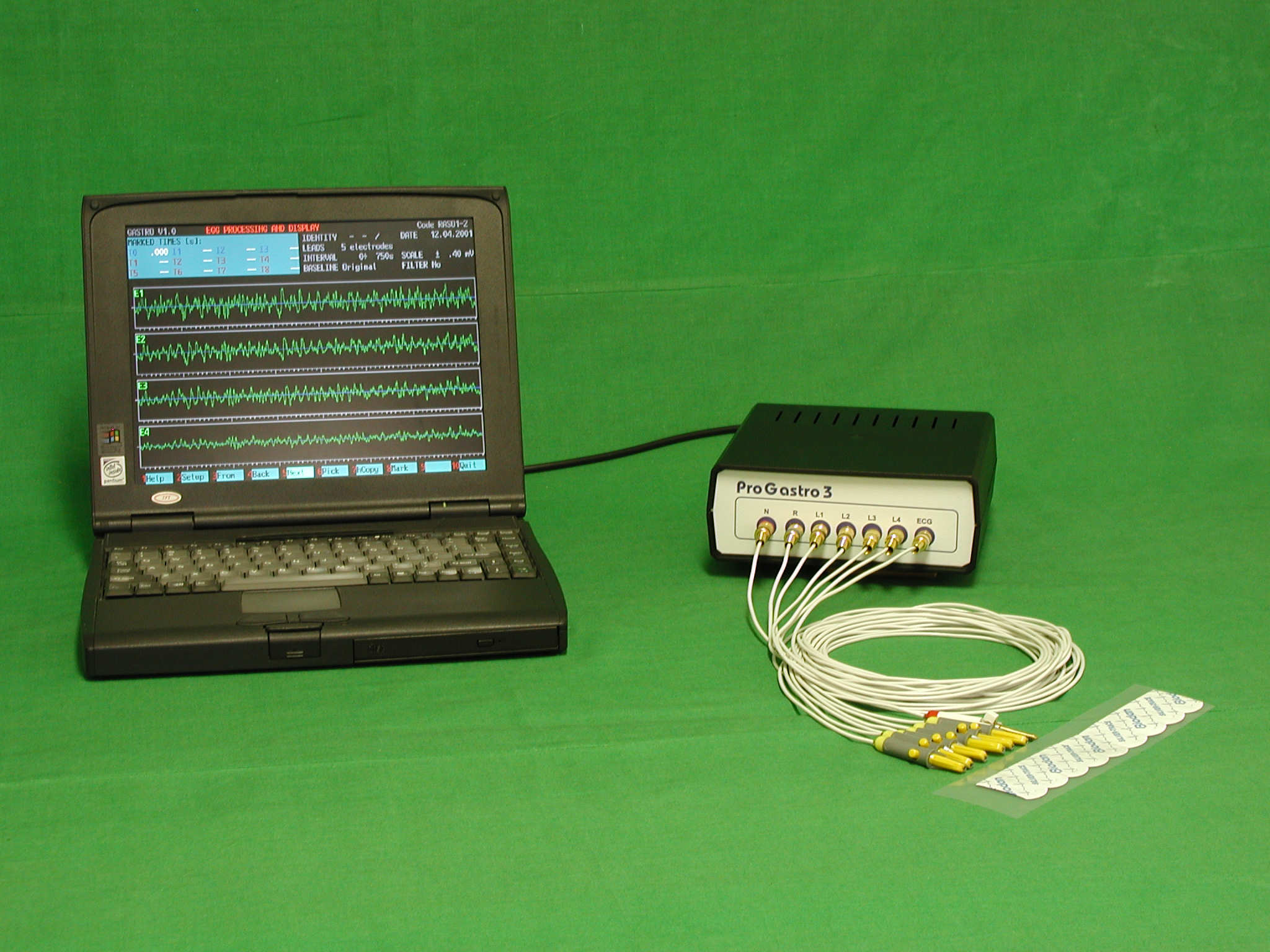 |
ProGastro 3 – PC-based device for measuring the electrical activity of the gastrointestinal tract. ProGastro 3 is a portable battery-powered device with recharging from the 230V / 50Hz network. It consists of a control PC and a measuring terminal based on the ADµC812 microcontroller, which is connected via the RS232 serial bus. The measuring terminal provides sensing of one reference ECG signal and 4 electrogastrographic (EGG) signals with the possibility of program control of gain and frequency response of channels. The device has active compensation of synphase interfering signals. Its software includes long-term recording of signals in real time, their archiving, preprocessing and evaluation in the time and frequency domain.
|
Laboratory for measurement of low-frequency electromagnetic field effects
The laboratory, which is part of the Department of Theoretical Methods, has an original system created for the purpose of measuring the effects of low-frequency electromagnetic fields (EMF) on cellular systems. The incubation part consists of two thermal boxes with PID temperature control designed for a pair experiment. The EMF generation section with selectable frequency and amplitude consists of an Owon XDS3102 signal generator, a Behringer NX3000D digital amplifier, and Helmholz coils. The measuring part consists of an impedance spectroscopy station with a ScioSpec ISX-3v2 impedance analyzer, a Kern OCL-2 inverted optical microscope and a Micronit impedance flow microchip. The impedance spectrometer has two measurement channels with ranges of 1 mΩ – 1 GΩ and 10 mHz – 10 MHz. With a microchip, it is possible to obtain the impedance characteristics of individual cells.
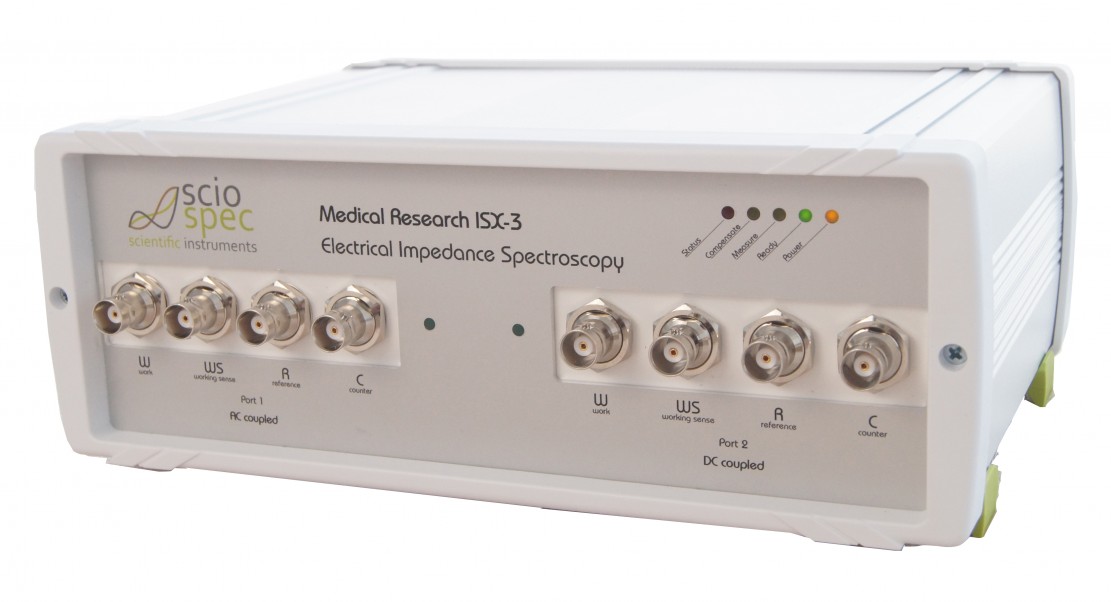 |
|
Laboratories in the premises of the Institute of Measurement Science SAS,
whose equipment belongs to other institutes within the consortia of SAS institutes
Laboratory of X-ray diffractometry I.
The laboratory equipment was purchased by a consortium of institutes (Institute of Physics of the Slovak Academy of Sciences, Institute of Electrical Engineering of the Slovak Academy of Sciences, Institute of Materials and Machine Mechanics of the Slovak Academy of Sciences and Institute of Inorganic Chemistry of the Slovak Academy of Sciences).
|
The laboratory is equipped with a Bruker AXS – D8 Discover Super Speed Diffraction System device, which is used to investigate the structure of crystalline substances. It enables detailed research of the atomic structure of bulk materials and thin-film structures, multilayers and superlattices at the nanometer level. The device contains a special high-intensity source of X-rays, which, in addition to gaining new original knowledge about the structure of materials, allows to speed up the time required for analysis and significantly increase the efficiency of measurements. |
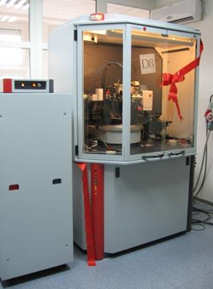 |
Laboratory of X-ray diffractometry II.
The facility is operated by the Institute of Inorganic Chemistry of the Slovak Academy of Sciences and is located in the building of the Institute of Measurement Science of the Slovak Academy of Sciences.
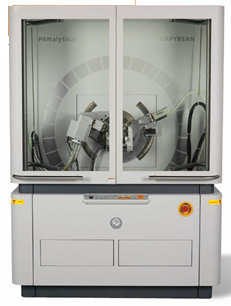 |
The laboratory contains a Panalytical Empyrean X-ray diffractometer in the following configuration:
• film measurement, measurement of powders in reflex mode as well as in transmission mode, |
Laboratory for preparation and shaping of nanostructures (FIB laboratory)
The laboratory was built by the researchers of the CENTE project (Institute of Electrical Engineering SAS, Institute of Measurement Science SAS, Institute of Informatics SAS, Institute of Physics SAS and Faculty of Electrical Engineering and Informatics STU) from European Union resources through ERDF. The laboratory is located in the building of the Institute of Measurement Science of the Slovak Academy of Sciences.
|
It is a laboratory of nanotechnology, which houses a dual microscope QUANTA 200 3D using two beams. An electron beam is used to display samples, the ion beam can process them. The device has a high resolution (electron optics 3.5 nm, ionic 10 nm). |
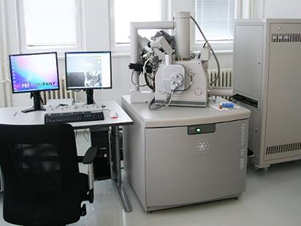 |
 Contacts
Contacts Intranet
Intranet SK
SK
